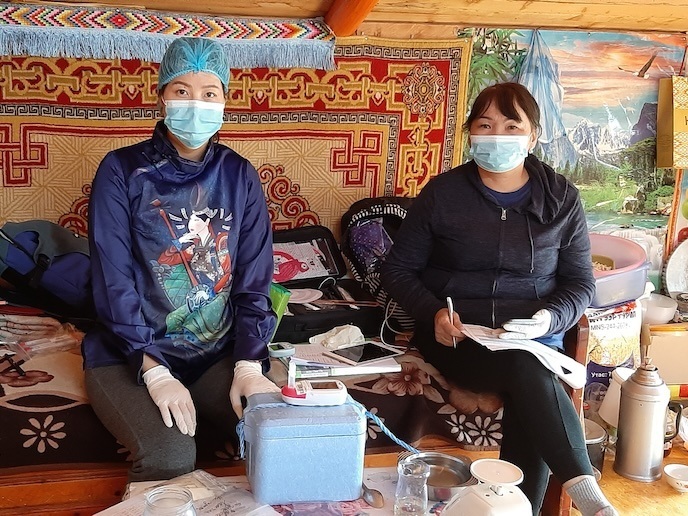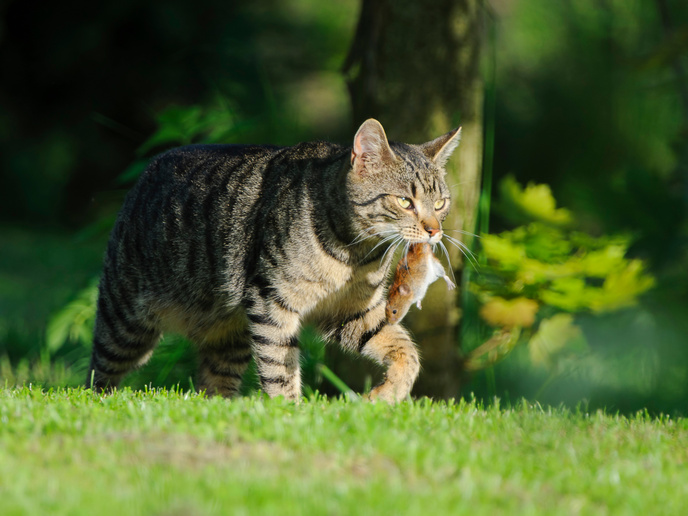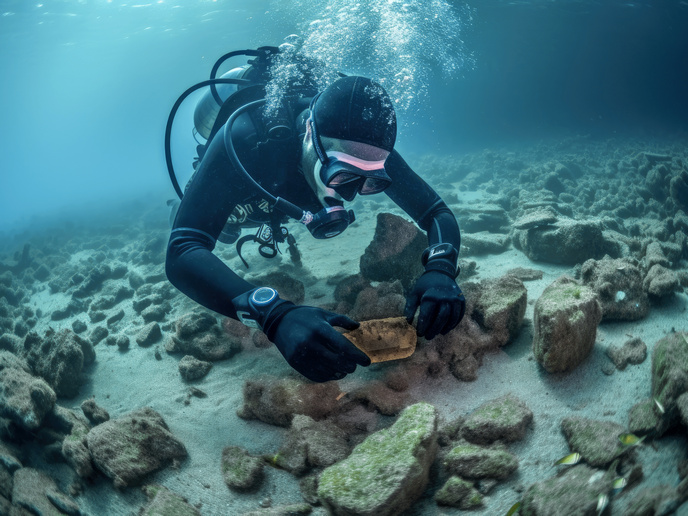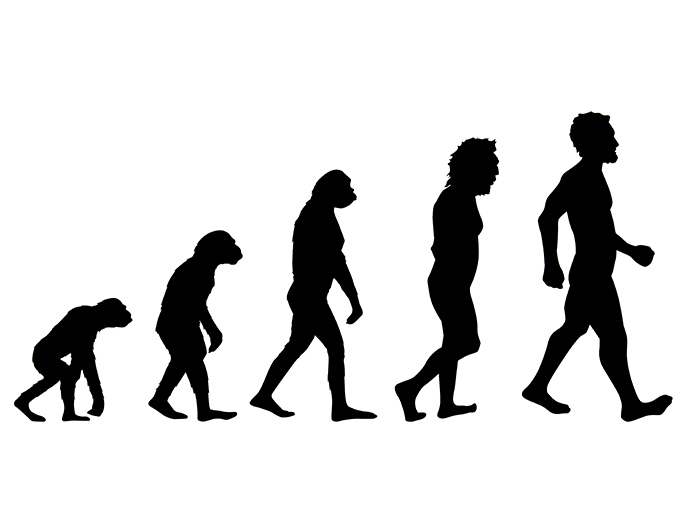Ancient dairying: did the microbiome play a role?
All humans are able to digest milk sugar, lactose, as young children, but we gradually stop producing lactase, the enzyme that breaks down lactose, as we age. This is a natural part of the weaning process for all mammals. But some populations have acquired mutations in the genetic region that controls lactase production, and these mutations cause lactase to be produced throughout life – from childhood through adulthood. Individuals that have these mutations are called ‘lactase persistent’, because they persist in producing lactase for their entire lives. The proportion of people who are lactase persistent varies around the world. The highest rates of lactase persistence are in Scandinavia and the British Isles, where over 80 % of people are lactase persistent. In Western Asia, 20-70 % of individuals are lactase persistent, whereas most other Asian populations have lactase persistence rates of 0-20 %. What causes this disparity? And why does research show there was a gap of millennia between the start of dairying and the development of the genetic mutations behind lactase persistence? Did the microbiome play a role? “Dairying had been a factor for millennia and some populations had developed lifestyles that were almost entirely dependent on dairying over 1 000 years before the appearance of the lactase persistence mutations,” explains the project’s principal investigator Christina Warinner, now based at Harvard, in the United States. Why there is such a time gap, and how lactase non-persistent Neolithic populations digested dairy products at all, remains a real mystery. “I hypothesise that they could digest the milk, but perhaps in a different way – perhaps with the aid of an adapted gut microbiome,” says Warinner. With the support of the European Research Council, the DAIRYCULTURES project set out to answer these intriguing questions by focusing their research on Mongolia where dairying has been practised for over 5 000 years.
Genotyping to identify the development of lactase persistence
To track the spread of dairy technologies across Asia, DAIRYCULTURES extracted proteins from the calcified dental plaque of hundreds of ancient individuals in Azerbaijan, China, Mongolia and Russia. Using tandem mass spectrometry, they identified milk proteins, allowing them to confirm dairy consumption. “We used radiocarbon dating to confirm the age of the individuals and ancient DNA technologies to reconstruct the genomes of many of these individuals.” This allowed the team to genotype them for lactase persistence. The project also examined their ancestry relationships and reconstructed their migration routes. In parallel, they used ancient DNA technologies to investigate their livestock and to trace the routes of livestock migration and trade as dairying populations spread eastwards across Asia. Once the team had achieved this, they were able to map the prehistoric spread of dairy technologies in Asia and to tie them to the movements of specific groups of people. “We found that lactase persistence played little to no role in early prehistoric dairying, and thus other factors and adaptations must have been at play,” adds Warinner, who conducted her research through the Max Planck Institute for Evolutionary Anthropology in Germany.
The role of the microbiome in lactose digestion
The team had previously recovered and sequenced the microbial DNA from palaeofaeces in parts of ancient North America, Europe and Western Asia. This allowed them to reconstruct the gut microbiomes of ancient peoples in these regions. “Unfortunately, however, we have not yet recovered palaeofaeces from regions relevant for early dairying. Instead, this project focuses on characterising microbial variation in the gut microbiomes of living people today who practise subsistence dairying and comparing them to non-dairying societies,” explains Warriner. Specifically, the project investigated the gut microbiomes of nomadic dairy pastoralists in Mongolia who are lactase non-persistent. Warinner notes: “We hope that by studying their gut microbiomes we will gain clues as to how microbes may have aided milk digestion in ancient populations.”
Working with today’s herders to tell the story of their ancestors
“It is extremely exciting to use proteomics technologies to reconstruct the diets of ancient peoples. We make new discoveries every day, and when we identify dietary proteins in the dental calculus of an ancient individual it is like being transported back thousands of years in time.” Warinner feels knowing such an intimate detail about the daily life of a person who lived millennia ago is an amazing thing. “To be able to use this knowledge to reconstruct the lifeways of ancient societies is an honour, and it serves to connect people now to those thousands of years in the past. Herders in Mongolia today are often amazed to learn that the dairy technologies they are using are part of a 9 000-year tradition, and they are the stewards of this valuable cultural heritage.”
Keywords
DAIRYCULTURES, lactase persistent, milk, microbiome, herders, Mongolia, prehistoric dairying, lactose digestion, genotype







